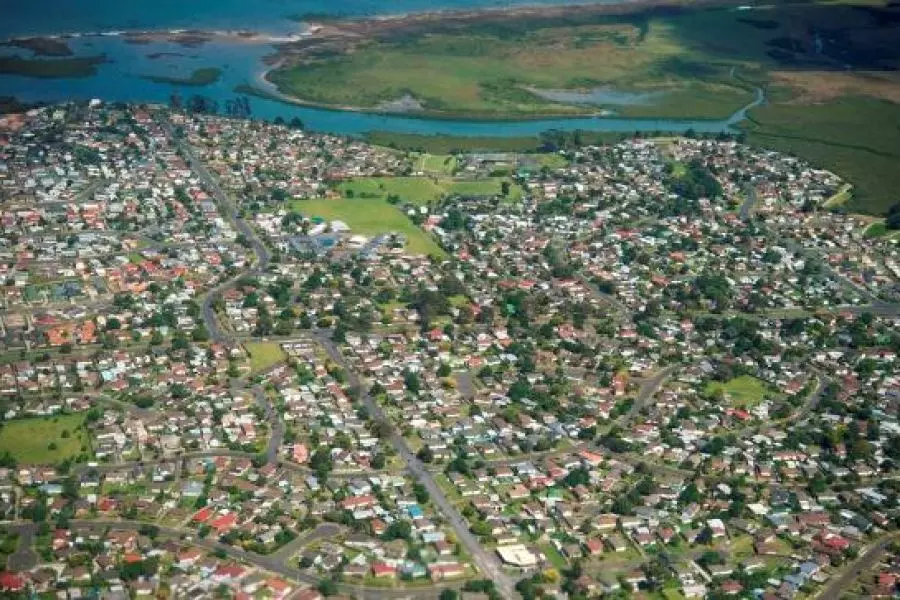News
Targeted rates proposed for housing developments

Tuesday 29th of November 2016
In a bid to boost the city’s revenue, while keeping a cap on rate increases and funding much-needed infrastructure growth, Auckland mayor Phil Goff has issued a set of proposals for consultation.
Goff’s proposals include the introduction of a targeted rate for new large-scale developments, along with a visitor levy and a regional fuel tax.
“Ratepayers have shou...
Want to read the full article?
Click the button below to subscribe and will have unlimited access to full article and all other articles on the site.






![[The Wrap] Bye Bye Bayly](https://goodreturns.publit.io/file/c_fill,w_900,h_600/39f23ac1-f7c7-4854-b700-a150004ebbac.webp)


